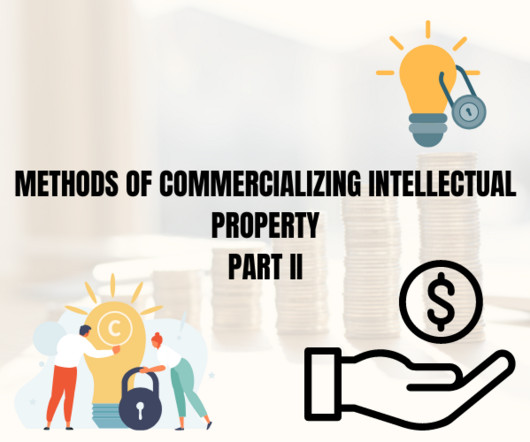Over the Last Decade India has Spent Rs. 1,00,000 crores on Scientific Research with No Transparency: Time to Resuscitate the PUPFIP?
SpicyIP
JUNE 28, 2023
Simply put “march-in” rights would allow the government to take control of the IP rights of inventions owned by private companies if those inventions have been funded by public money through grants from the government or through licensing agreements with government R&D institutions.












Let's personalize your content